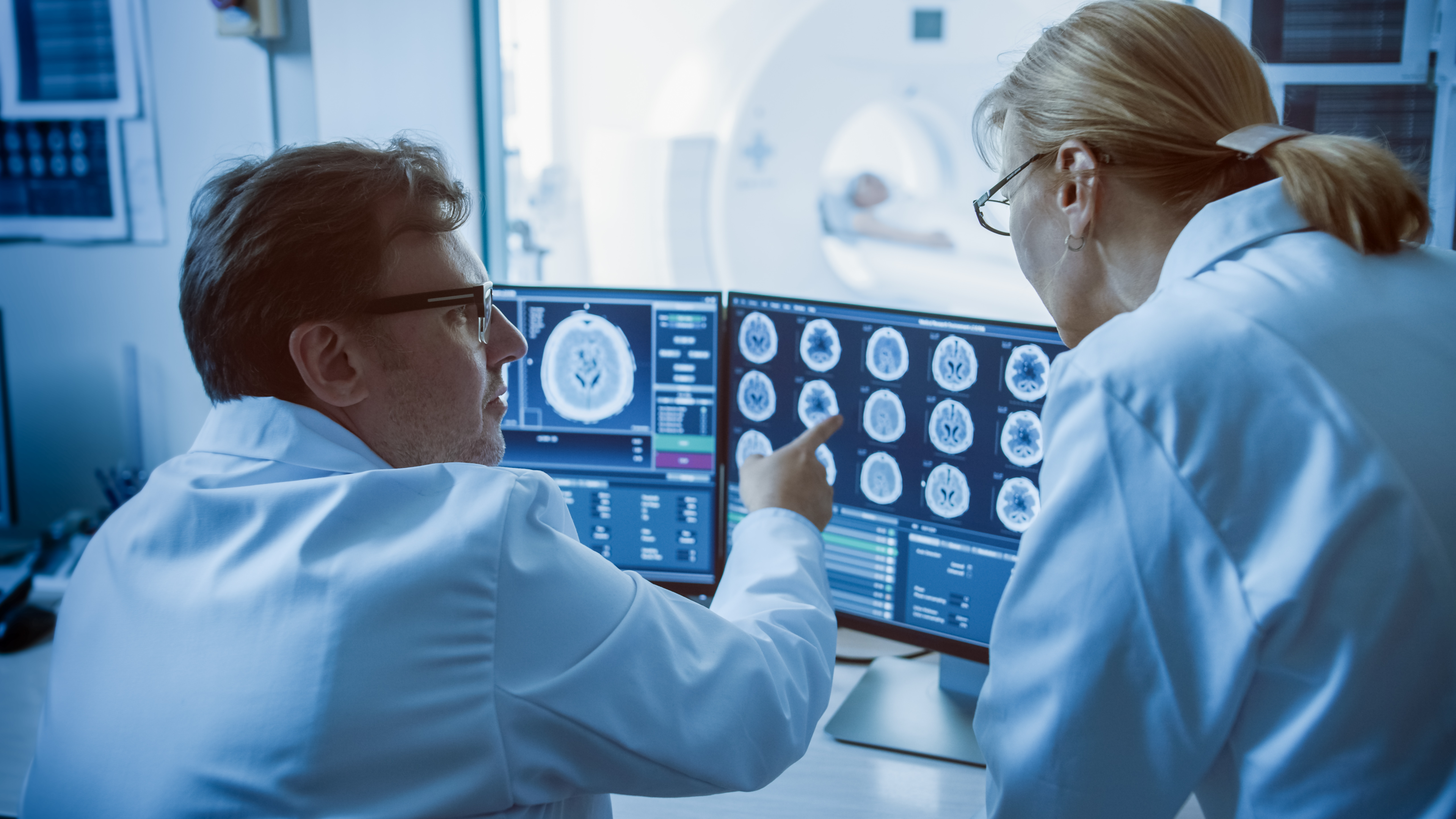In the realm of healthcare, the accuracy of a diagnosis is paramount. Misdiagnosis and delayed diagnosis are not just medical terms but significant errors that can have grave consequences for patients. These diagnostic errors can lead to incorrect or wrong diagnosis, delayed treatment, exacerbating illnesses, or even causing new health issues. The gravity of misdiagnosis and delayed diagnosis in healthcare cannot be overstated, as they compromise patient safety and can lead to life-altering consequences.
For those who have suffered due to these kinds of medical errors, the path to rectification often involves legal action. Victims have the potential to seek justice and compensation for the harm caused by such negligence. Understanding the legal avenues available is crucial in these situations. The legal system provides a mechanism for redress, holding medical professionals accountable and offering victims a route to recovery and compensation.
At The Pagan Law Firm, we are proficient and dedicated advocates when it comes to handling cases of misdiagnosis and delayed diagnosis. We are deeply committed to justice and possess a profound understanding of the complexities surrounding medical malpractice. Our team of seasoned attorneys, with extensive experience in medical malpractice law, is well-equipped to navigate the intricate legal and medical aspects of these cases.
👉Also Read: Uncovering the Truth: How to Win Your Medical Malpractice Claim for Delayed Diagnosis
Understanding Misdiagnosis and Delayed Diagnosis

Misdiagnosis occurs when a healthcare professional inaccurately diagnoses a patient’s condition, leading to incorrect treatment or no treatment at all. This error can result in the patient’s actual condition worsening or the development of new health issues due to inappropriate treatment. Delayed diagnosis, on the other hand, happens when there is an unnecessary delay in identifying a medical condition. This delay can cause the disease to advance to a more severe stage, limiting treatment options and potentially leading to poorer outcomes.
The diagnostic process is inherently complex, involving the interpretation of various symptoms, medical history, physical examinations, and diagnostic tests. Errors can occur due to a variety of factors, including communication breakdowns, inadequate information gathering, misinterpretation of test results, and cognitive biases. The repercussions of these diagnostic errors are profound, ranging from physical harm and increased medical costs to emotional distress and loss of trust in the healthcare system.
Legal Implications of Diagnostic Errors
Diagnostic errors such as misdiagnosis and delayed diagnosis can lead to medical malpractice claims. In the context of these claims, medical malpractice is defined as a failure by a healthcare provider to deliver care that meets the accepted standard, resulting in harm to the patient. To establish a claim, it must be proven that the healthcare provider owed a duty of care to the patient, there was a breach of this duty of primary care, and the breach directly caused harm.
Misdiagnosis and delayed diagnosis can significantly compromise patient safety and well-being. For instance, a misdiagnosed condition may lead to unnecessary or harmful treatments, causing physical pain, emotional trauma, and financial burden. In cases of delayed diagnosis, the window for effective treatment may be missed, resulting in the progression of the disease, reduced quality of life, or in extreme cases, premature death.
These errors often have a ripple effect, impacting not only the patient but also their family and loved ones. The emotional toll of dealing with a worsened health condition, coupled with the feeling of having been failed by the healthcare system, can be substantial.
In pursuing a medical malpractice claim for diagnostic errors, it is essential to demonstrate that the healthcare provider’s actions deviated from the standard of medical care that a reasonably competent professional would have provided under similar circumstances. This often involves expert testimony to explain the standard of care and how the provider’s actions failed to meet it.
👉Also Read: When Time Matters: The Impact of Delayed Diagnosis and Medical Malpractice Lawsuits – The Pagan Law Firm
Seeking Justice Through Legal Recourse for Misdiagnosis or Delayed Diagnosis
For victims of misdiagnosis or delayed diagnosis, pursuing legal recourse is a path to obtaining justice and compensation for the harm suffered due to medical negligence. The process, while complex, is a necessary step in holding healthcare providers accountable and seeking redress for the damages incurred.
Step 1: Case Evaluation and Consultation
The process begins with a thorough case evaluation. Medical malpractice attorneys offer initial consultations to understand the specifics of each case, including the medical events leading to the misdiagnosis or delayed diagnosis, the impact on the patient’s health, and the potential breach of standard care by the healthcare provider.
Step 2: Gathering Medical Evidence
Building a strong case requires detailed medical evidence. This includes obtaining and reviewing medical records, diagnostic tests, and treatment history. Medical malpractice attorneys work with medical experts to analyze this evidence, providing a clear picture of how and where the diagnostic error occurred.
Step 3: Filing the Claim
Once sufficient evidence is gathered, the next step is to file a medical malpractice claim. This legal action formally alleges negligence on the part of the healthcare provider or institution.
Step 4: Litigation and Negotiation
The case may go through various stages, including discovery, where both parties exchange information, and deposition, where witnesses and experts provide testimony. Throughout the litigation process, the medical malpractice lawyer negotiates diligently on behalf of their client, aiming for a settlement that adequately compensates for the damages. If a settlement cannot be reached, the case may proceed to trial.
The legal system provides a mechanism for victims to receive a reasonable amount of compensation for the damages resulting from diagnostic errors. This can include reimbursement for medical expenses, compensation for pain and suffering, loss of income, and costs related to ongoing care or rehabilitation.
Upholding Patient Rights: The Imperative of Accurate and Timely Diagnosis
In the healthcare ecosystem, patients inherently possess the right to an accurate and timely diagnosis. This right is pivotal, as it forms the foundation upon which effective and appropriate medical treatment is built. A correct diagnosis is not a privilege but a fundamental aspect of quality healthcare, critical for patient safety and effective treatment outcomes.
The responsibility of healthcare providers in this context is immense. Medical professionals are entrusted with the task of not only diagnosing and treating ailments but also doing so accurately and promptly. This responsibility encompasses various aspects:
Thorough Evaluation
Healthcare professionals must conduct comprehensive evaluations, considering the patient’s medical history, symptoms, and risk factors. This thorough approach helps in forming a correct diagnosis.
Effective Communication
Clear and open communication between healthcare providers and patients is essential. Patients should be encouraged to share their symptoms and concerns without hesitation, and healthcare providers should communicate potential diagnoses and the rationale behind them transparently.
Continual Education and Training
Medical professionals must stay updated with the latest advancements and best practices in diagnostics. Ongoing training and education are vital in enhancing diagnostic skills and reducing errors.
Utilizing Technology and Resources
Leveraging technological advancements and diagnostic tools can aid significantly in improving diagnostic accuracy. Healthcare providers should make the best use of available resources for more precise diagnoses.
Encouraging Second Opinions
In complex cases, seeking a second opinion should be normalized. It not only ensures a thorough review of the diagnosis but also instills greater confidence in the patient regarding their treatment plan.
Strategies for Enhancing the Diagnostic Process
Improving the diagnostic process to reduce instances of misdiagnosis and delayed diagnosis is a multifaceted challenge that requires concerted efforts from various stakeholders in the healthcare system. Below are strategies to enhance the diagnostic process:
Strengthening Patient-Provider Communication
Building a strong rapport and open communication channels between patients and healthcare providers can significantly improve diagnostic accuracy. Patients should feel comfortable discussing their symptoms in detail, and providers should listen attentively and ask relevant questions.
Implementing Diagnostic Checklists
Utilizing checklists can help ensure that all potential diagnoses are considered, especially in complex cases. These checklists can act as a cognitive aid, reducing the likelihood of oversight.
Enhancing Interdisciplinary Collaboration
Encouraging collaboration among different medical specialties can provide a more holistic view of a patient’s condition, leading to more accurate diagnoses.
Promoting Continuous Medical Education
Ongoing training and education for healthcare providers on the latest diagnostic methods and technologies are crucial. Keeping abreast of medical advancements ensures that providers are equipped with the knowledge and skills to diagnose accurately.
Encouraging Feedback and Learning from Errors
Establishing a culture where medical errors are openly discussed and learned from, without fear of unjust retribution, can lead to systemic improvements in the diagnostic process.
Improving the diagnostic process is not only about improving diagnosis and reducing errors but also about enhancing the overall quality of patient care. By adopting these strategies, healthcare providers can minimize the occurrence of diagnostic errors, ensuring that patients receive the timely and accurate medical attention they deserve.
Strategies for a Correct Diagnosis and Treatment Plan
The journey to a correct diagnosis and effective treatment plan often requires proactive steps and self-advocacy. Here are key strategies:
Seeking a Second Opinion
If there are doubts about a diagnosis or if the treatment isn’t yielding the expected results, seeking a second opinion is a wise step. Another medical professional may provide a fresh perspective or additional insights, leading to a more accurate diagnosis.
Documenting Symptoms and Medical History
Patients should meticulously document their symptoms, medical history, and any treatments they have received. This information can be invaluable to healthcare providers in making a correct diagnosis.
Asking Questions and Expressing Concerns
Patients should feel empowered to ask questions and express any concerns they have about their diagnosis and treatment. Understanding the reasoning behind a diagnosis and being informed about treatment options and their potential outcomes is essential.
Advocating for Advanced Diagnostic Tests
If initial tests do not provide clear answers, patients can advocate for more advanced diagnostic tests, if medically appropriate. Sometimes, more sophisticated imaging or specialized tests can shed light on complex cases.
Engaging with Patient Advocacy Groups
Connecting with patient advocacy groups can provide additional support and resources. These groups often offer guidance on navigating the healthcare system and can assist in advocating for better care.
👉Also Read: Challenging the Diagnostic Process: Seeking Justice for Diagnosis Error Victims
Take Action Against Diagnostic Errors: Schedule Your Free Case Evaluation Today
The impact of misdiagnosis and delayed diagnosis can be profound, affecting not just the physical health of patients but also their emotional well-being and financial stability. In such cases, taking legal action is not only a step towards personal resolution but also a move towards upholding the standards of healthcare. The Pagan Law Firm recognizes the significance of these legal actions, providing legal guidance and support to those affected by such medical errors.
If you or a loved one has been impacted by a diagnostic error, we encourage you to schedule a free case evaluation to explore your legal options and seek justice. With the support of our New York medical malpractice attorneys, you can navigate the complexities of a medical malpractice claim and take a significant step toward healing and resolution. Contact us at 212-967-8202 or via email at wpagan@thepaganlawfirm.com for a free consultation.

